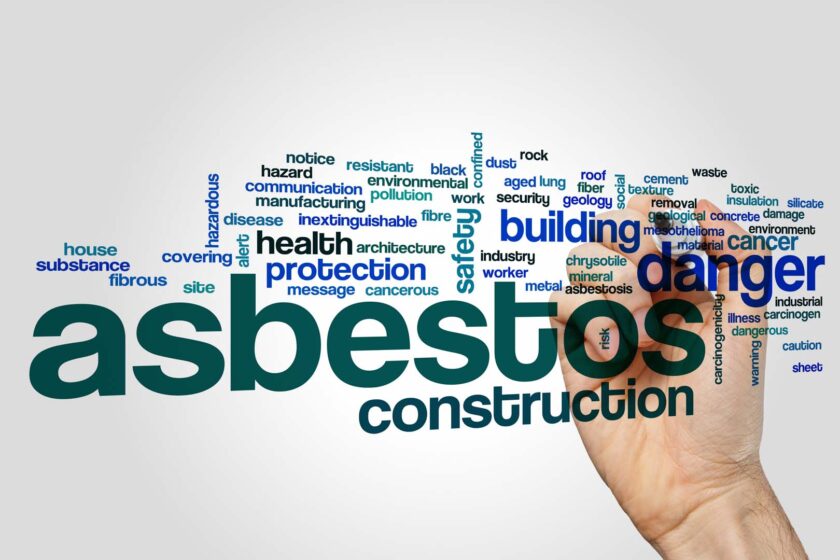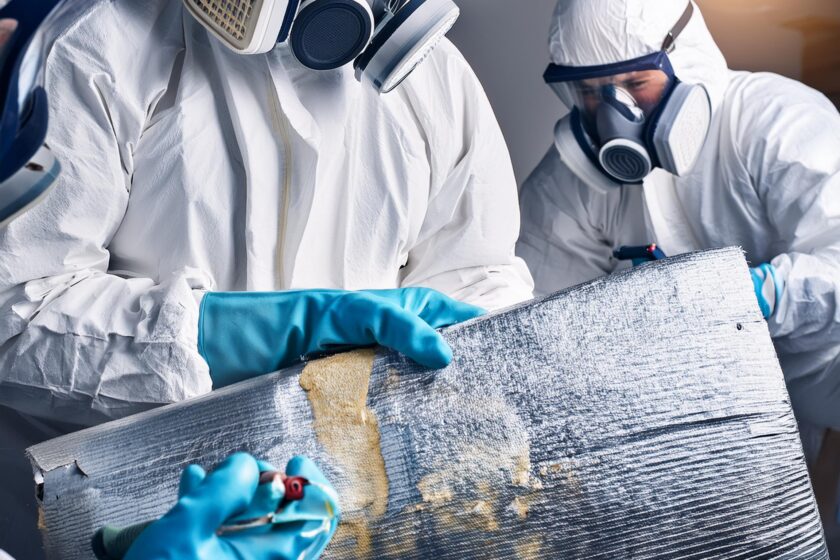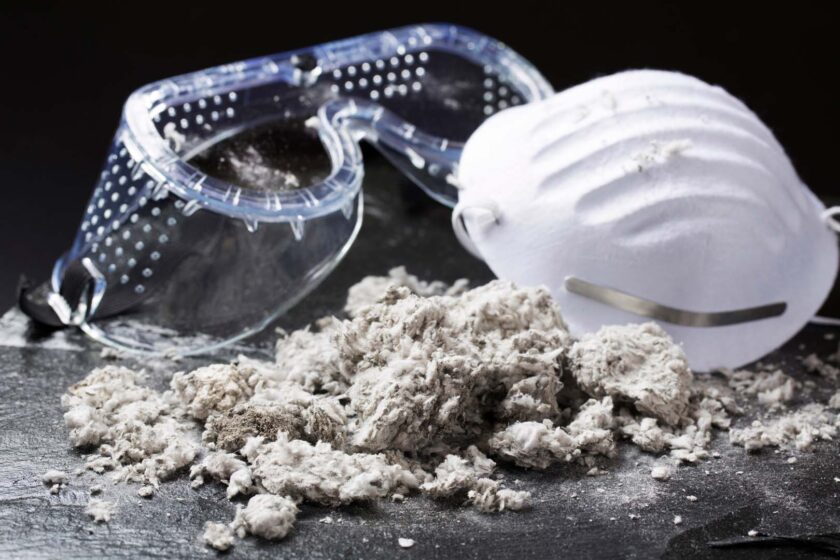How Asbestos Removal Impacts Property Value
Asbestos, a naturally occurring mineral, has historically been used for insulation and fireproofing in various building materials. Though once considered[…]
Read more
Asbestos Removalist in Melbourne | Licence No: H17/02850 | ABN: 69 622 681 538

Asbestos, a naturally occurring mineral, has historically been used for insulation and fireproofing in various building materials. Though once considered[…]
Read moreAsbestos has been a widespread concern in various industries for its health hazards, especially in the building and construction sectors.[…]
Read moreIn situations like natural disasters or structural damage, emergency asbestos removal becomes an immediate concern. Exposure to asbestos can lead[…]
Read moreAsbestos, a naturally occurring mineral, was once widely used in construction and various products for its durability and resistance to[…]
Read moreAsbestos has long been known for its health risks. This material was popular in construction until the late 20th century[…]
Read moreAsbestos has long been recognized as a health hazard. This naturally occurring material, when disturbed, can release fibers into the[…]
Read more
Asbestos is a term often associated with danger and risk in the modern era. However, the history of asbestos is[…]
Read more
Asbestos, a term that has long been associated with significant health risks, is a silicate mineral used in numerous construction[…]
Read more
When it comes to safeguarding your living space, understanding the presence of asbestos containing materials is crucial. In many buildings[…]
Read more
Asbestos, a material widely used in the past for its heat and fire-resistant properties, is now known to cause severe[…]
Read more